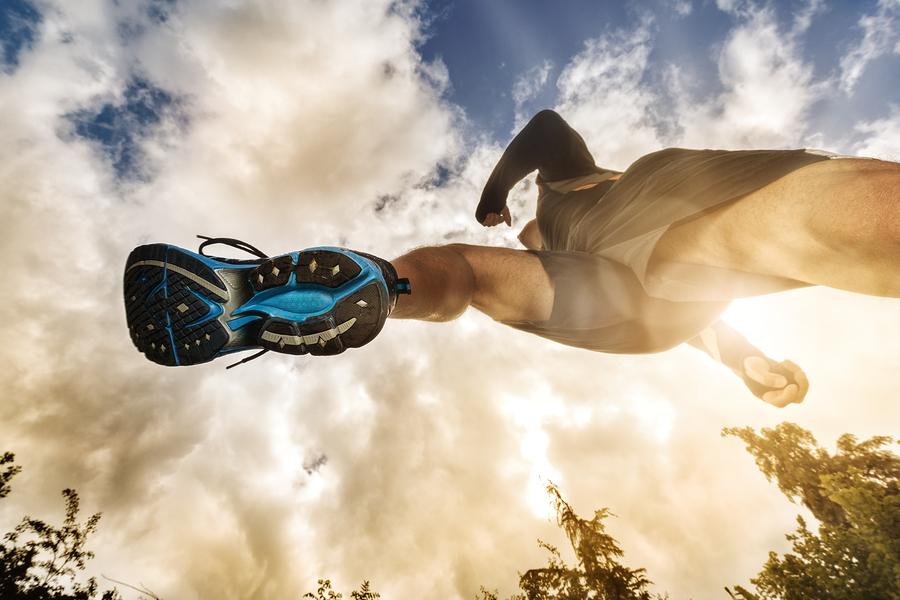
Sports fanatics often find themselves suffering from chondromalacia patellae, as the knee cartilage gets worn down through being overused. The condition is unusual in that it can affect both young and active people as well as older people who already suffer from arthritis in their knee joints.
What Can Cause Chondromalacia Patellae?
In a normal, healthy body, the kneecap falls directly over the front of the knee joint. When the knee is bent, the underside of the kneecap should slide over the cartilage of your other leg bones, namely the femur and the thigh bone. The kneecap stays in place because of the tendons and ligaments holding it to the bone in your shin and to your thigh muscles. If one element of this complex system is thrown off balance and does not move correctly, the kneecap rubs against the thigh bone. This rubbing action slowly destroys the patella, causing chondromalacia patellae.
There are several abnormal knee movements that may cause runners knee. It may be that there is an underlying congenital issue that has caused misalignment in the knee. If the hamstrings and quadriceps are too weak, the knee may not function correctly. If the muscles on the outside and the inside of the thigh (the adductors and the abductors) are not balanced well enough, this may pull the kneecap out of balance. One of the most common ways it is caused is by repeated stressful activity such as running, jumps or skiing that puts undue stress on the kneecap. In some cases, it may be caused by a direct injury to the kneecap.
Who is Likely to Get Chondromalacia Patellae?
As mentioned previously, young people completing high levels of exercise are likely to experience chondromalacia patellae. As youths grow, their muscles are not quite in balance as they have not yet developed fully, making chondromalacia patellae likely. Older people with arthritis in their knees already have damage to the joint, so may develop it over time. Women are more likely than men to develop it, due to having generally less muscle mass to help hold the kneecap in place. Those suffering from flat feet also may develop runners knee, as the leg is thrown out of balance by the lack of strong arches.
What are the Treatment Options for Chondromalacia Patellae?
The aim of the treatment for chondromalacia patellae is to help to reduce the pressure on the knee joint and to allow the kneecap to stabilise. The first step is to rest the affected knee, icing it to help reduce any inflammation or pain. If the injury is new, the damage to the cartilage may heal in time with rest, so this option should be taken first to determine if this is a long-standing issue that needs treatment. Anti-inflammatory medication is also generally prescribed for chondromalacia patellae. Ibuprofen can help in the first instance to help the joint feel less pressure. If there is still swelling, pain and tenderness in the knee, further treatment may be necessary.

Exercises such as swimming or cycling on a stationary bike are recommended, as there is little to no weight put on the affected knee joint. Isometric exercises that focus on pinpointing the key muscles for improvement are also recommended for maintaining muscle mass around the affected area.
In some cases, surgery will be needed. Arthroscopic surgery will examine and evaluate the joint’s alignment to determine if further steps need to be taken. A tiny camera is inserted into the joint via a small incision, which will help medical professionals evaluate the extent of the damage to the kneecap cartilage.
Once the evaluation has been made, an operation can be scheduled according to the exact issue. A lateral release operation is common. This entails cutting some of the surrounding ligaments to allow the kneecap more freedom of movement and to release some of the tension that is causing the kneecap cartilage to deteriorate. Other surgical treatments include smoothing the underside of the kneecap, or implanting a graft of new cartilage that will replace any damaged tissue. In some cases, the location of the thigh muscle’s insertion into the joint will be moved surgically.
In all cases of chondromalacia patellae, a medical professional should be consulted to determine the best course of action for the particular knee issue. With treatment and time, the issue can be reduced and eliminated.
References
1) http://www.healthline.com/health/chondromalacia-patella#Overview1
Related Posts
Cigarettes May Inhibit Inflammation Treatments
Axial spondyloarthritis, also known as AxSpa, is a chronic…






